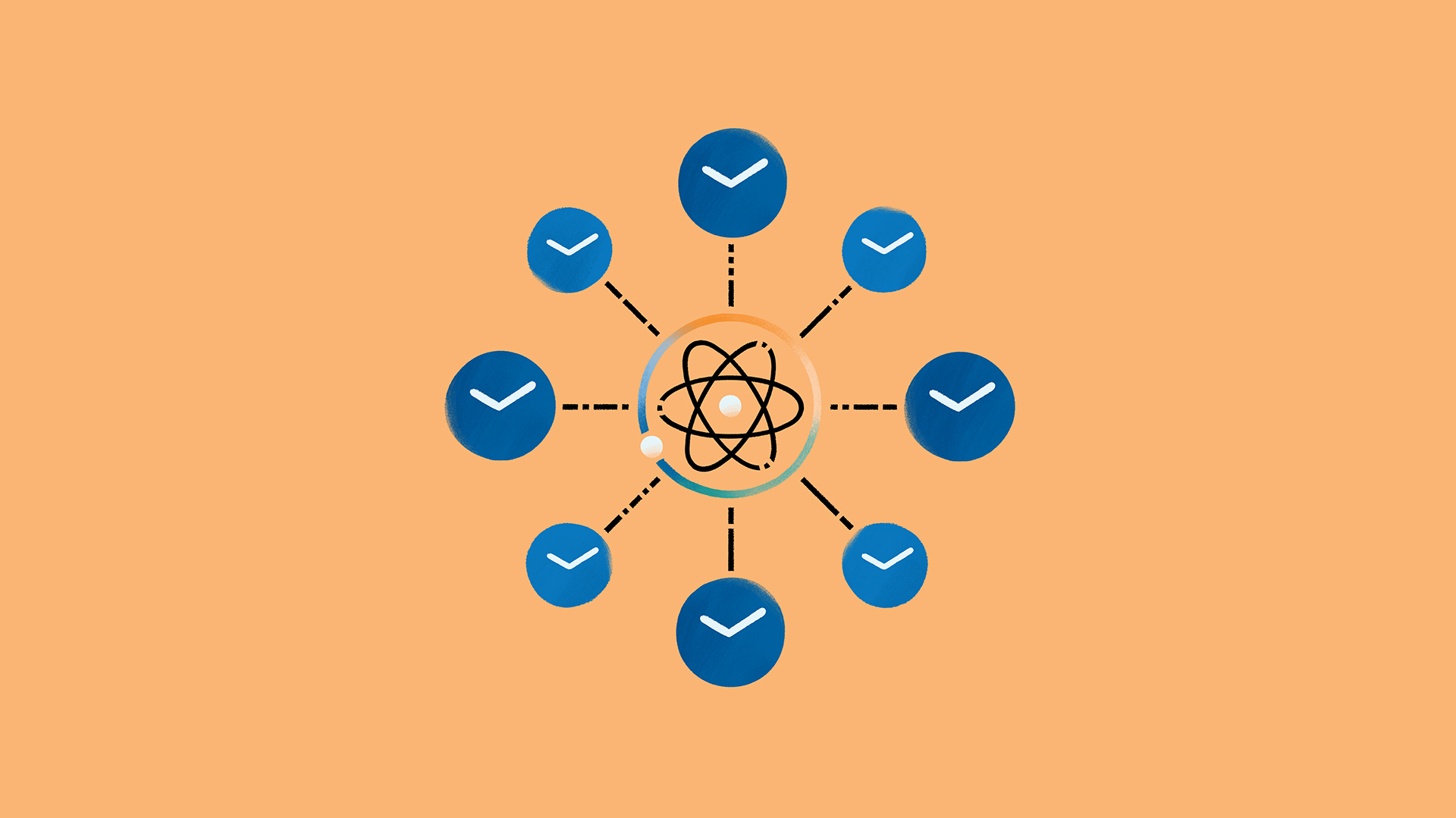

At Facebook, our ability to build communities and bring the world closer together depends on people being connected. Communities come in all sizes and across all regions, but many aren’t currently being served by traditional methods of connectivity. Urban areas don’t have enough bandwidth to support more devices running more data-heavy experiences, and in remote communities the technology is often too expensive to deploy. Through Facebook’s connectivity efforts, we’re working to help change that.
We’re focused on developing next-generation technologies that can help bring the cost of connectivity down to reach the unconnected and increase capacity and performance for everyone else. We know that there is no silver bullet for connecting the world; no single technology or program will get the job done. Rather than look for a one-size-fits-all solution, we are investing in a building-block strategy — designing different technologies for specific use cases, which are then used together to help connect the approximately 3.8 billion people without access to the internet.